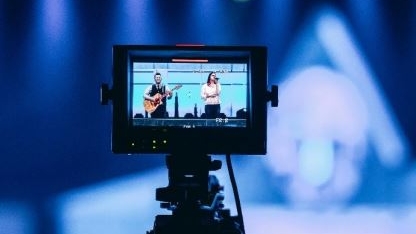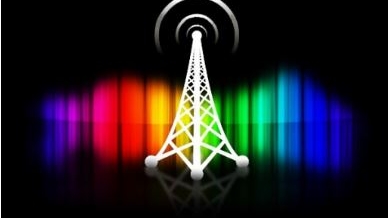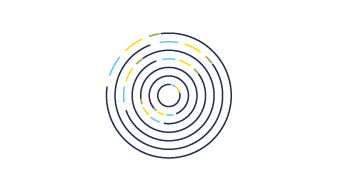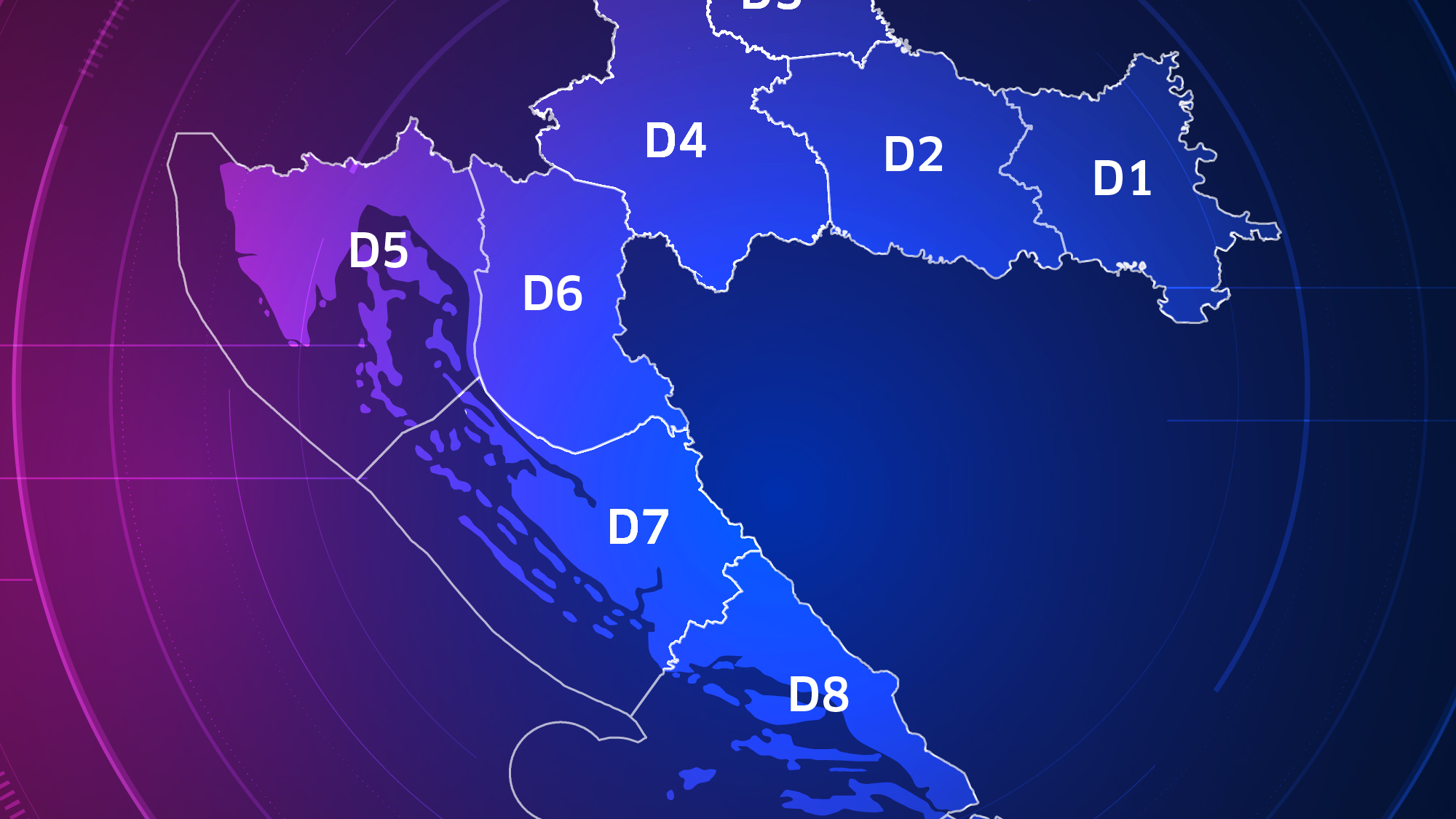DTT
Television is one of the favorite ways of entertainment in Europe, reaching 85% of European citizens at least once a week. A TV set is present in nearly all (95%) European households. Many households have several TV sets, one of them being the traditional and still very fashionable large screen TV. Europeans watch TV on average 3h35 minutes daily, most of it live. Viewing time is traditionally less for younger Europeans, but nonetheless represents for them on average 1h40 minute daily.
In times of crisis, people tend to turn to television for trusted news (TV being the second most trusted media, just after radio) and for quality, family friendly, entertainment. This was recently demonstrated during the covid-19 Pandemic, when the TV viewing time increased significantly typically by one hour daily, reaching up to 6h in some countries, the highest increase being witnessed among the younger generations.
In Europe the Digital Terrestrial Television (DTT) platform provides the most universal access to Television, being accessible to typically 98% of the population of a given country and actually being received by at least one TV set in 42% of European households, reaching more than 250 Million people.
DTT allows to distribute a bouquet of programmes (typically 20 to 50), which are digitally coded and grouped in multiplexes (typically 4 to 8) then transmitted over the air from the TV towers (high power high tower infrastructure) operated by Broadcast network operators throughout the territory.
The highest towers provide wide area coverage and constitute the main network, some of them being emblematic sites, such as the Eiffel tower; the main network is complemented by smaller towers which serve as coverage extension or gap fillers.
Depending on the country size and geography, the number of main sites ranges from a few tens to one or two hundred main sites, and this is complemented by up to 1000 or more smaller relays and gapfillers.
For the end user, the channels are received through an aerial antenna on top of the house or building, or directly on top of the TV (rabbit ears).
For broadcasting, DTT uses 224 MHz of spectrum in part of the UHF band, namely the frequencies between 470 and 694 MHz. This spectrum is harmonized for Broadcasting in Europe by the UHF decision and by the ITU radio regulations.
DTT is powered by state-of-the-art European transmission technology (DVB-T and DVB-T2 standards), bringing a perfectly stable digital throughput of 150 to 240 Mbps to every home. Combined with increasingly efficient coding (MPEG-4, HEVC) this allows the best quality of image and sound for excellent delivery of Standard quality (SD), High Definition Television (HD) and Ultra High Definition (UHD HDR).
In addition, DTT has recently evolved to offer interactivity thanks to HbbTV or similar technology. Therefore such usages like Pause (putting a live program on hold), Restart (starting a programme from the beginning) and Catchup (watching a programme broadcast the day before) are seamlessly integrated with the DTT user experience and become increasingly available in recent TV sets.
DTT technology allows to reach portable or mobile terminals if the network coverage is designed with that aim (there are many vehicles equipped with in-car DTT reception in some countries, and some smartphones are equipped to receive DVB-T2 channels, while the in-house retransmission of DTT signals is also often possible).
However the emergence of an ecosystem of programmes, broadcast networks and mobile terminals remains a challenge if it is to meet the needs of the broadcasting community and its viewers.
Therefore, the potential of new technologies such as 5G-Broadcast (not to be confused with 5G as it would require new features and meet specific requirements) is currently being explored by BNE members and their TV channel customers as a complement to DTT, assuming the required features can be developed, standardized and implemented in the terminals.
There are other ways to distribute TV, but DTT is unique and plays an irreplaceable role in Europe. A number of features set it apart from competing platforms.
First, DTT is associated with Free television. Without the need for a subscription and additional decoder, DTT always provide a wide range of free to air channels which are accessible without subscription, including but not limited to the public service channels. Therefore the platform plays a direct role as a high value public service for those who chose to receive it, and fosters platform competition which benefits all TV viewers. It has been assessed that the public welfare associated to the DTT platform in Europe over the 2016-2030 timeframe is in the order of €40 billions.
DTT is also characterized by an excellent quality of service and reliability: the system is designed for consistent delivery throughout the whole coverage areas, the quality is independent of the number of receivers in a home and is not subject to meteo outages (for instance during heavy rains) nor congestion due to network load during wide audience programmes.
Moreover, DTT is by nature a platform easy to regulate because it cannot work without access to spectrum, which being a public resource, requires specific authorizations by the national authorities. Access to the limited spectrum resource implies some form of competition for contending TV channels, giving legal ground to selection mechanisms.
Therefore, public authorities can regulate the composition of the bouquet of programmes, broadly or in detail, thereby ensuring that diversity, pluralism and other public policy and cultural objectives are met. In some countries, content financing obligations and expositions are associated to the DTT licences. Because terrestrial broadcasting is based on a network of local transmitters, DTT is naturally well suited for national, regional or even local channels, thereby fostering the creation and exposition of a wealth of localized contents, and facilitating the cost effective acquisition and respect of rights, bearing in mind that 80% of the European contents are financed by broadcasters.
In addition, DTT networks can share efficiently the spectrum with other applications vital to the creative sector, in particular wireless microphones and equipment which use the TV white spaces for content creation, programme making, special events and live performances.
All those elements explain the very special role that DTT plays in the Content and cultural Industry, as the backbone of the European Audiovisual model.
250M
250 million European in households receive Digital Terrestrial TV
42%
In Europe, penetration of Digital Terrestrial TV is 42%
95%
95% of European households have a TV
85%
Every week, TV reaches 85% of European citizens
3h35
Europeans watch an average of 3h35 TV daily, 91% of it live








